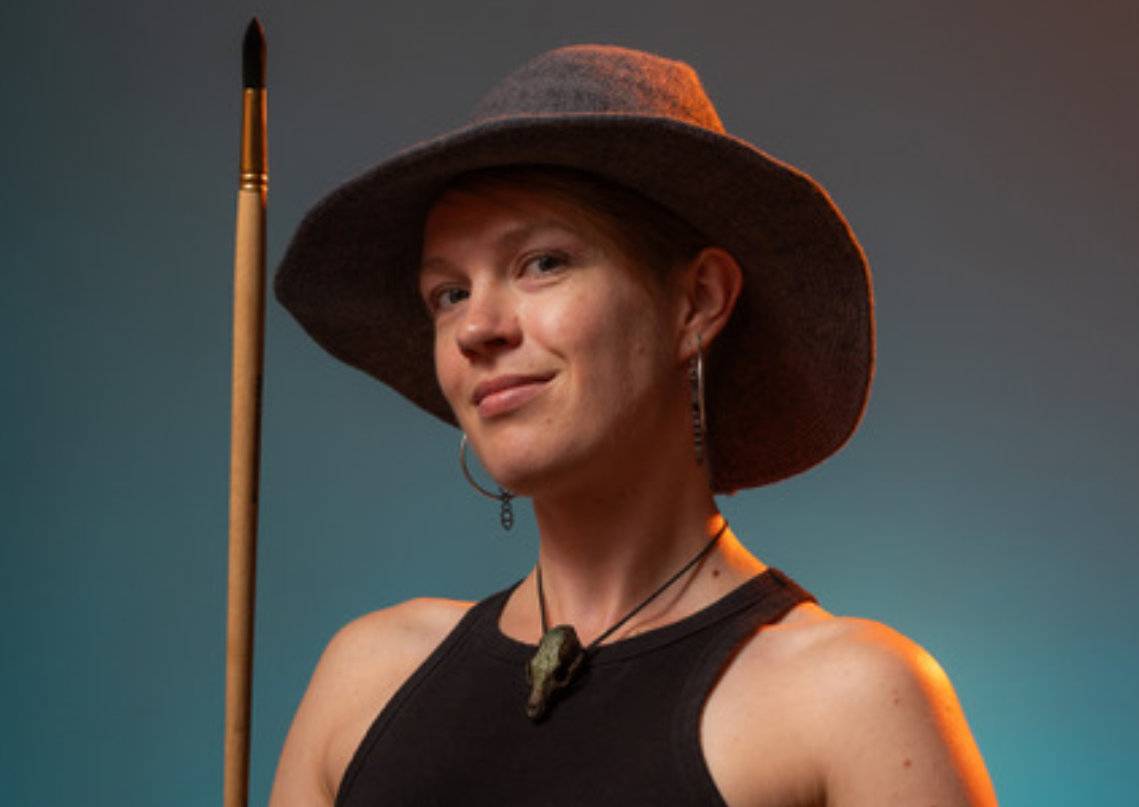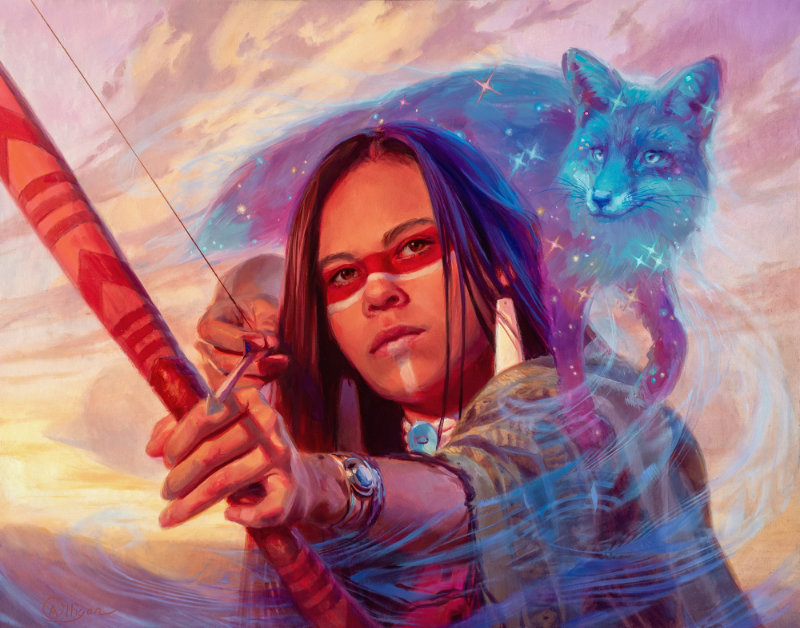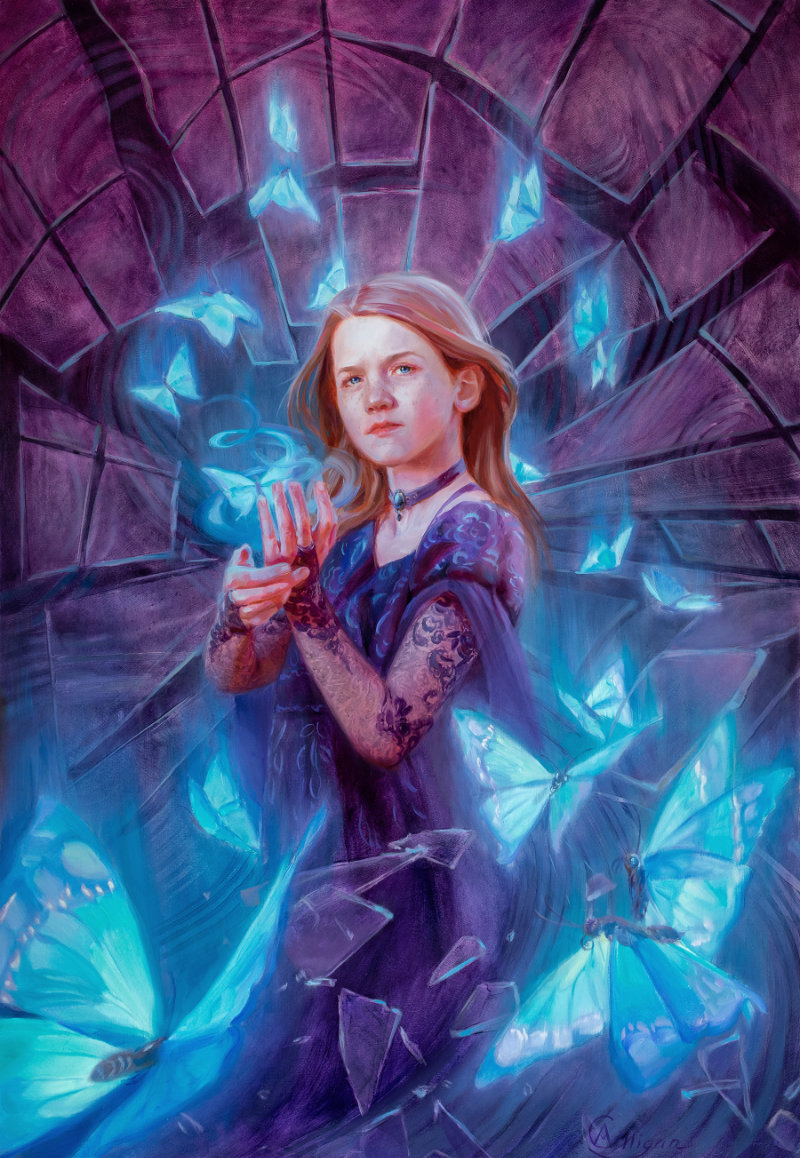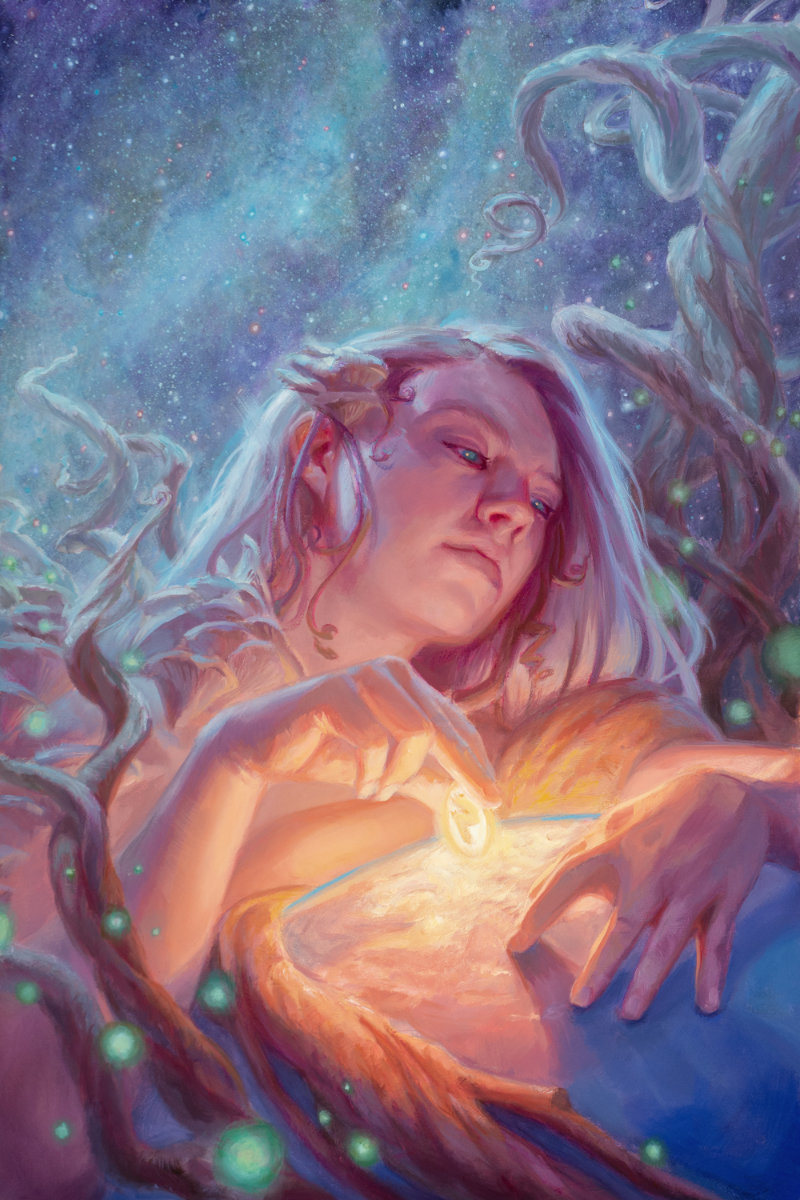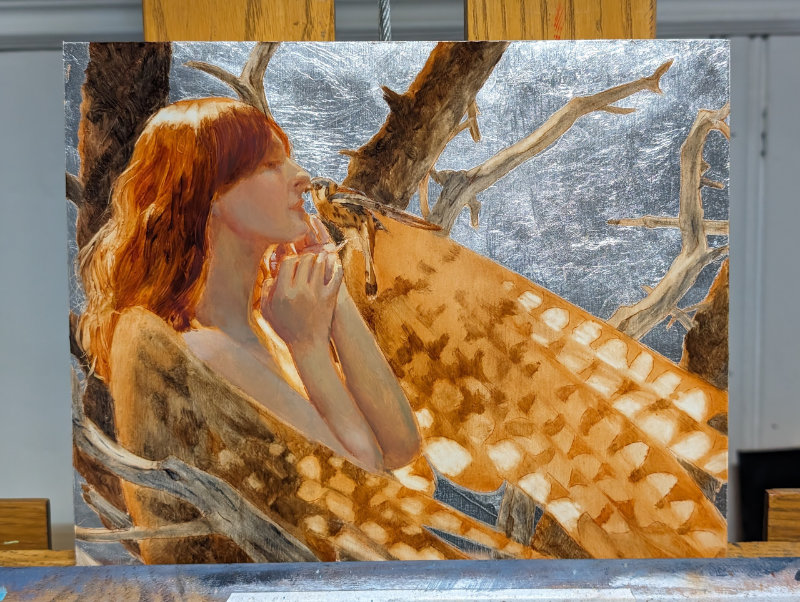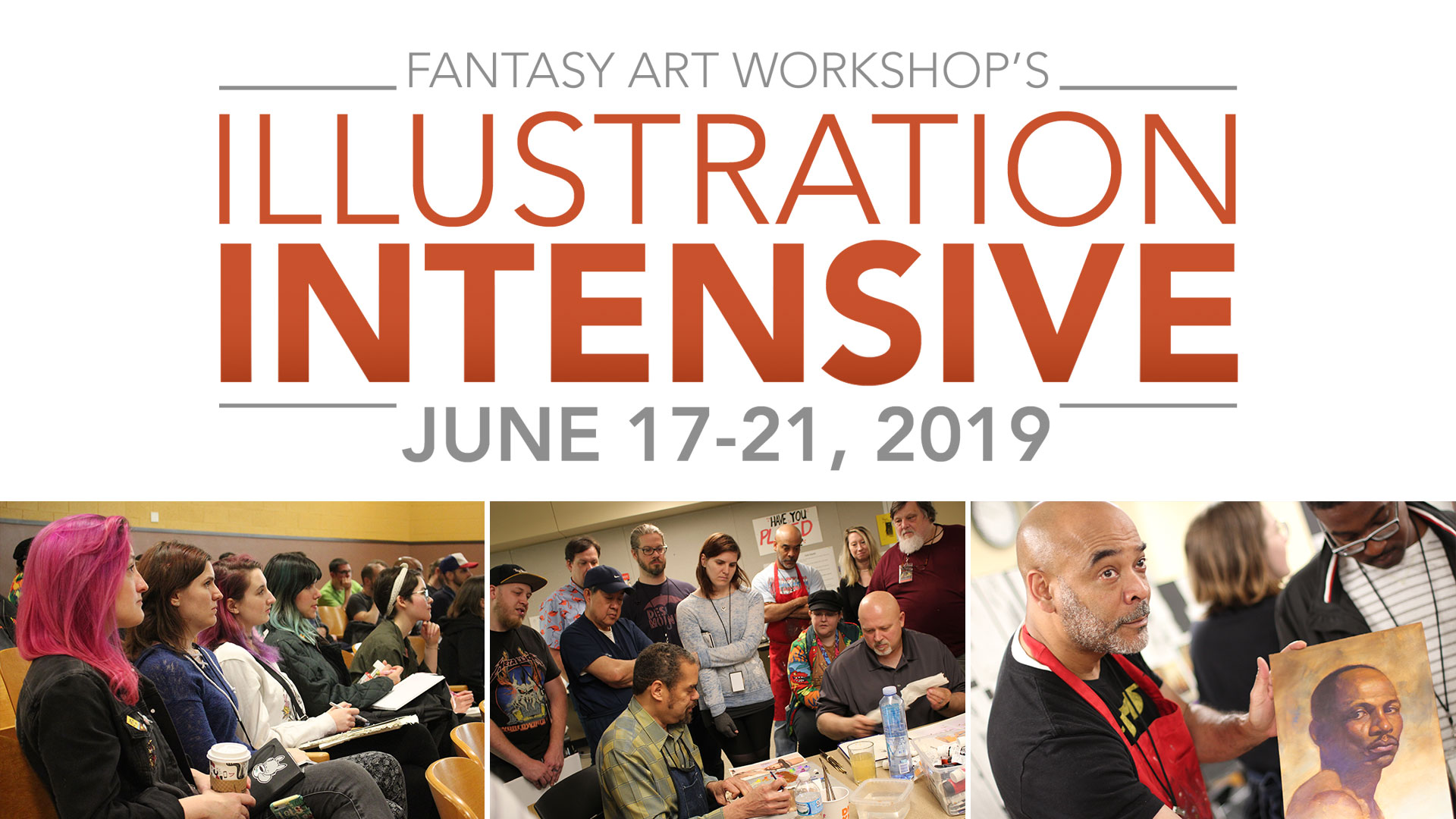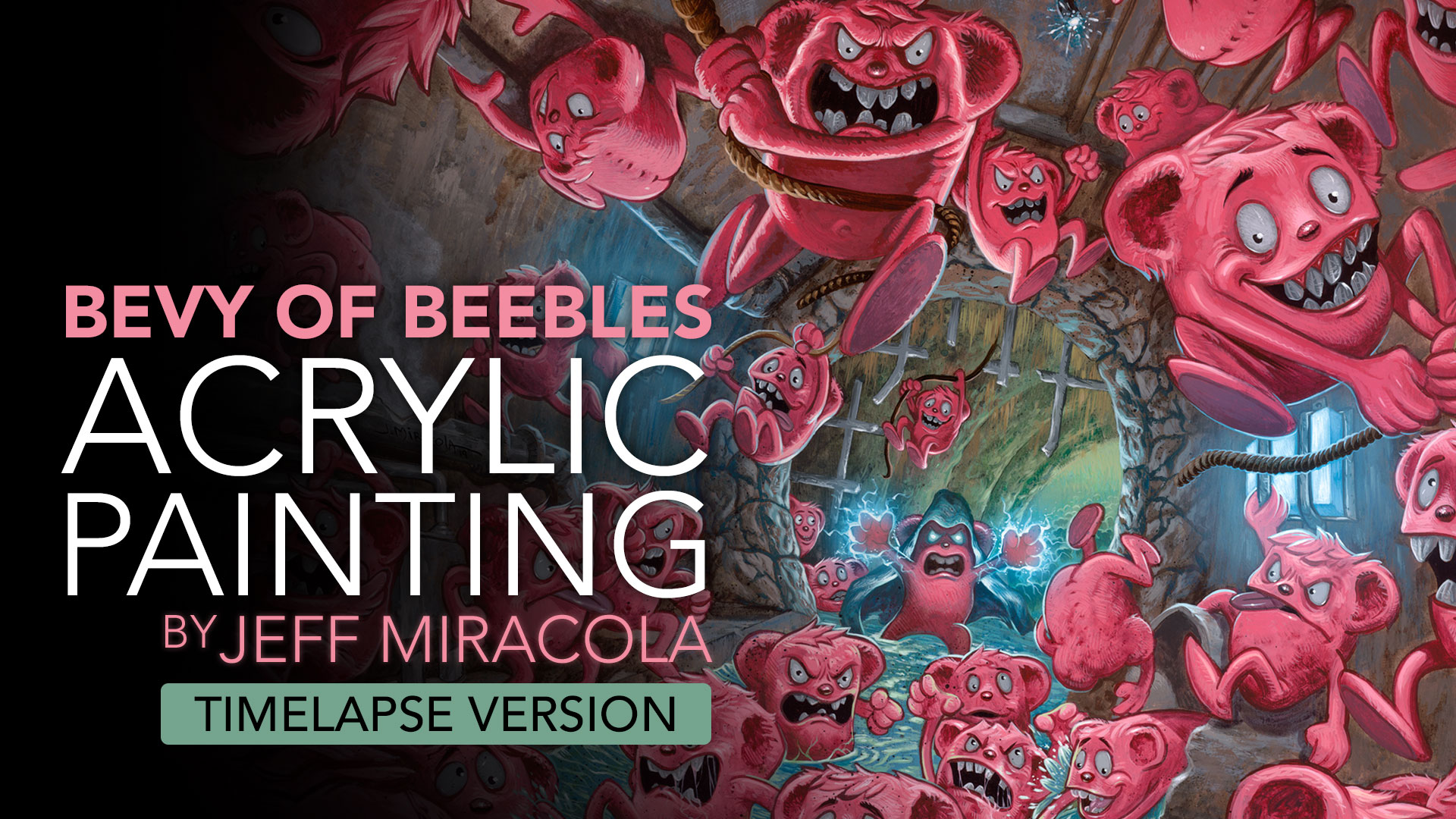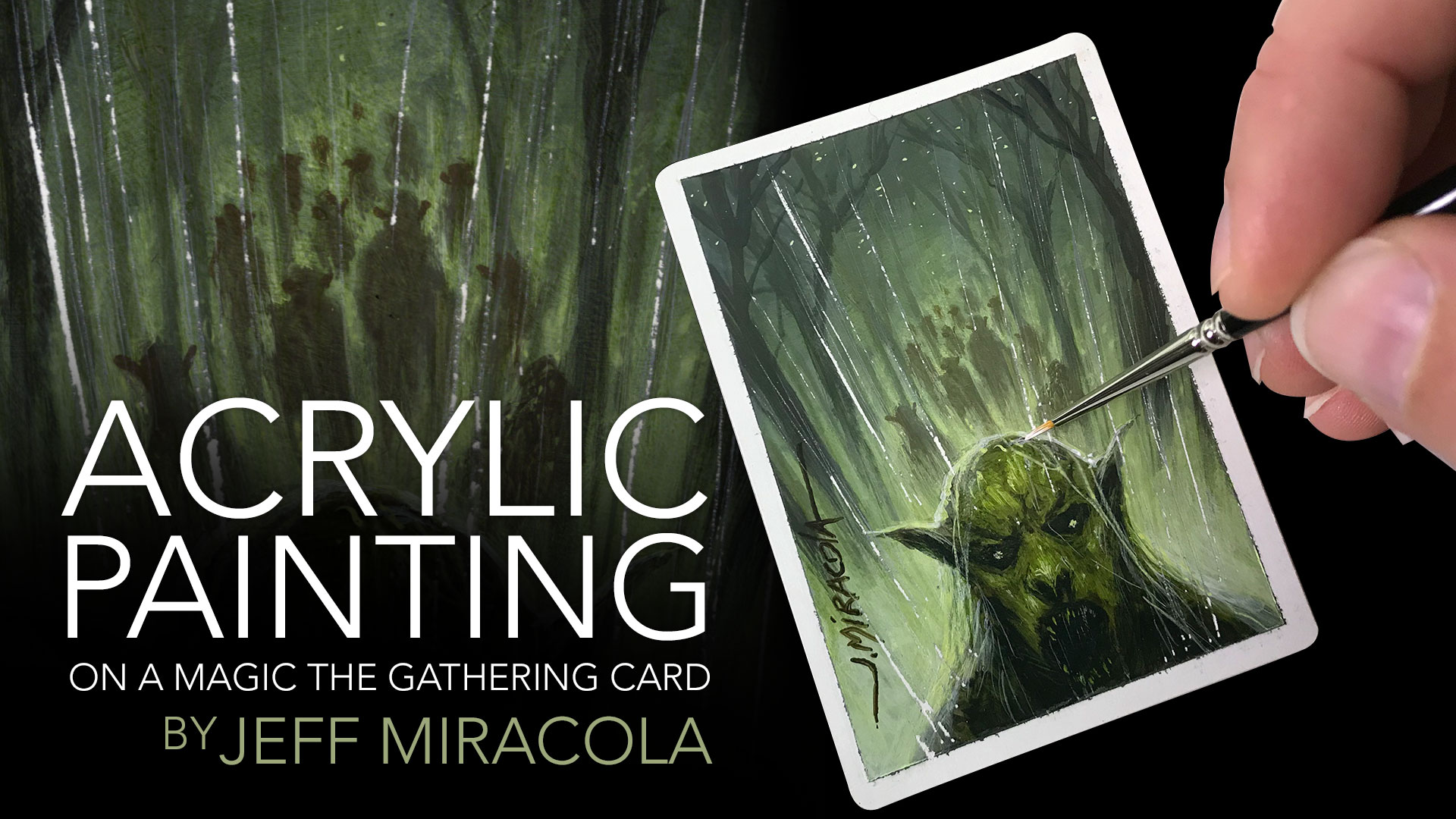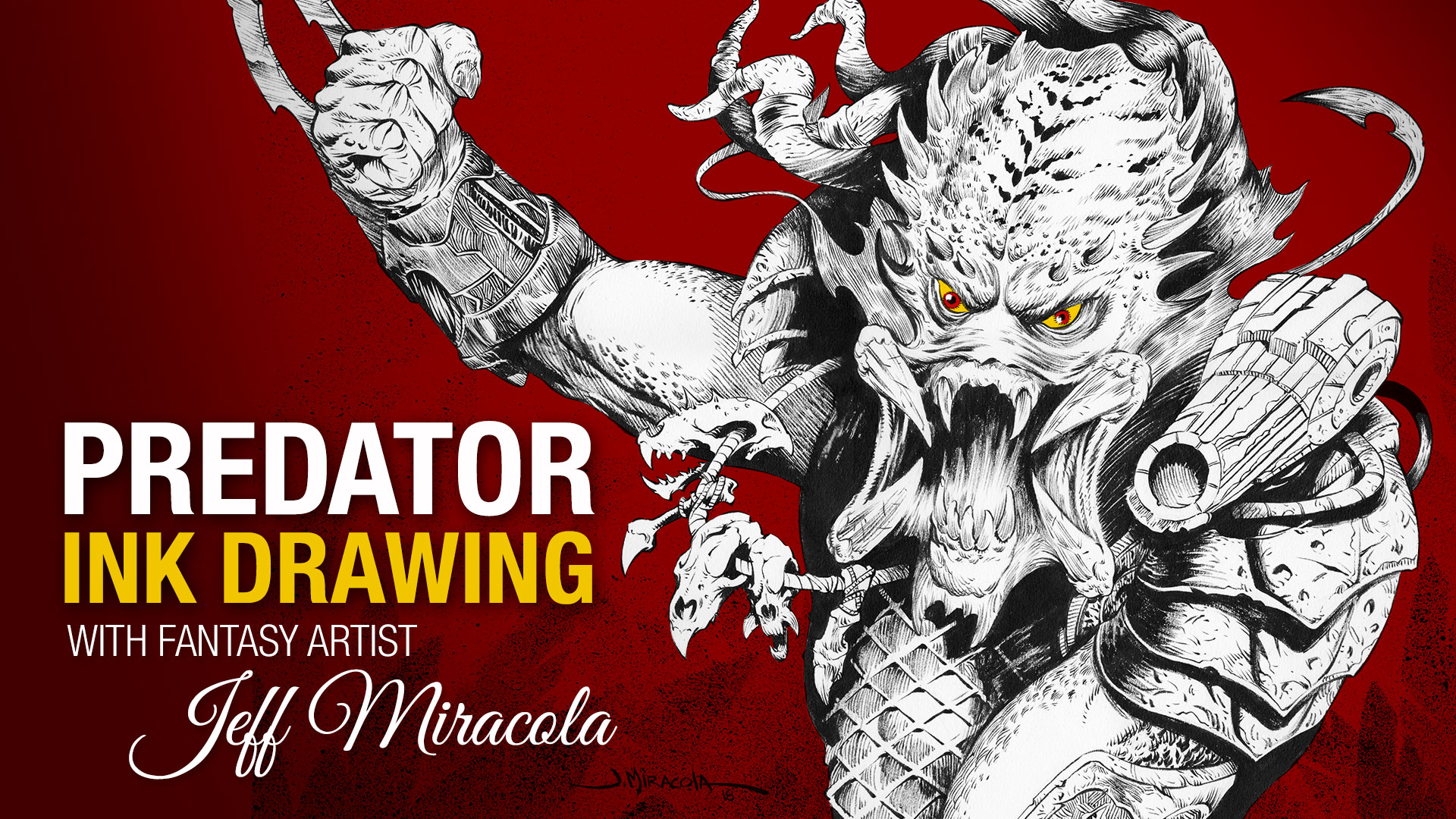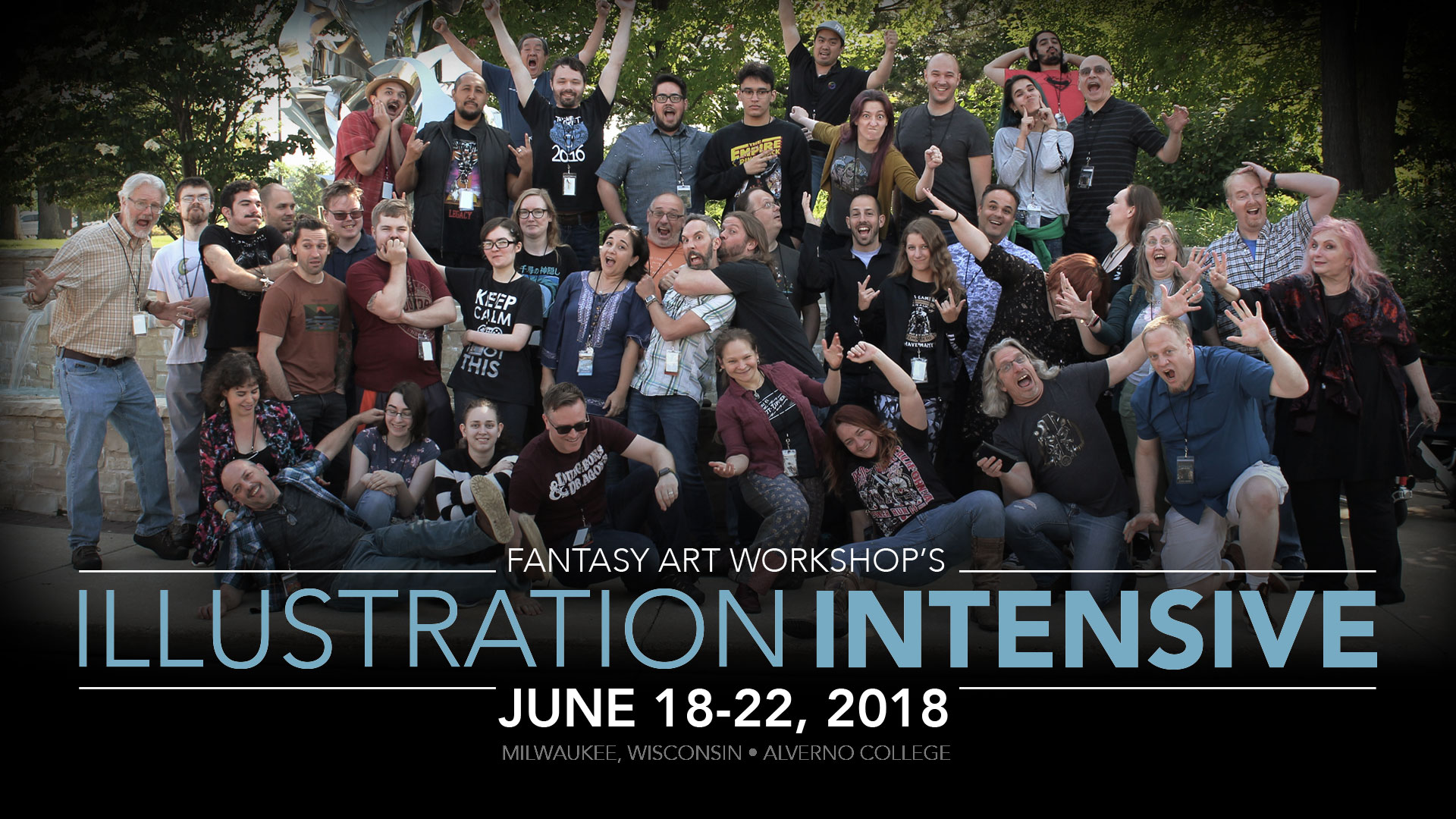What is it about working with oil paint that you enjoy so much?
The way they blend, the luminous quality, even the smell. I enjoy it all. I’m a pretty slow and methodical painter who loves soft transitions and gradients. Oils suit me well for that.
Oils “click” for me. I know that tools and medium are not what make the artist. But I’d be lying if I didn’t say things changed for me when I picked up oils for the first time. The best analogy I’ve heard to explain this is to imagine that your only eating utensil is a spoon. Your favorite food is spaghetti and you’ve gotten really good at eating spaghetti with a spoon. Then someone hands you a fork. Your mind is blown. You wonder where forks have been all your life. That was oil paint for me.
With water-based media, I always feel rushed and like I’m fighting to get the consistency right. It’s always either too wet or too dry. Maybe the dry climate I live in is a factor in my dislike of water based media.
Digital is a phenomenal tool, but I’m a tactile and physical gal. Mixing pigments and the dance-like nature of varied brush strokes, from quick gentle pounces, to long controlled calligraphic pulls, are integral for me.
The contrast between warm and cool colors features in a lot of your work. Why?
Honestly that’s something I haven’t really thought about consciously before. When it comes to color choices there’s a level of “I just like it that way”.
There is the academic answer of temperature contrast adding interest, being a way to drive focus, and so on.
I think for me though it’s about my love of sunsets and sunrises. Like really love. Love to the point that my spouse doesn’t like me driving during them because I struggle to keep my eyes on the road. I just want to drink in the light. They are fleeting moments of nature being beautiful and dramatic with the most incredible warm and cool tones. So, I like to paint with sunset colors. Try to capture some of that dramatic warm cool contrast with pigment.
You say in your bio that you’ve “always been drawn to stories”. How do you bring a narrative quality to your paintings?
I’ll sometimes do a little bit of creative writing. This can help give me some of the background details, character motives, world building, visual symbols, and mood for a painting. Whether or not these make it into the final painting, knowing about them as I develop a piece definitely makes it easier to create a cohesive piece that has a narrative quality.
I think research is also a big factor in narrative. I enjoy the preliminary process of looking up cool images, diving into cultures and history, finding out how things work, world building, that sort of thing. I try to use all that to inform my design choices. That can give a sense of depth, that this is a real person in a real setting, even when that setting is fantastical or conceptual in nature. It’s like a trail of breadcrumbs that I hope leads the viewer into the proverbial forest. I hope there are enough tidbits and details to get the viewer curious or help them build their own imagined story about the painting.
Who or what are some of your artistic influences?
Even though I’ve gravitated towards a realist style, some of my earliest and most beloved influences come from anime, cartoons, and comics. That’s the initial seed my art stemmed from.
I read a lot of fantasy and sci-fi. The stuff I read often sparks ideas or can directly inspire a painting. If I dug out my earliest sketchbooks, I know there are pages with little chibi doodles of my favorite characters from the Dragonlance series.
It was thanks to reading that I ended up realizing illustration was an option for a career. I picked up the Mercedes Thompson series by Patricia Briggs because of the cover art by Dan Dos Santos. I can’t say what exactly about his covers grabbed me so hard. But they got me to look into who had done the cover art because of how much I loved those illustrations. That got me reading Muddy Colors, and, years later, I took a workshop with Dan Dos Santos and Howard Lyon. That was back in 2016 or 2017. Obviously both Dan and Howard are strong influences for me.
Other artists that inspire and influence me include but are in no way limited to Julie Bell, Rob Rey, Tommy Arnold, William Adolphe Bougeureau, Alphonse Mucha, J.C. Lyendecker, Ian McCaig, Thomas Blackshear, Cynthia Shepherd, Adrienne Stein, Brad Kunkle, James Gurney, oh man, I go on all day!
Do you have any current or upcoming projects that you can tell us about?
Yes! Though I can’t actually tell you about most of them yet since they’re under NDA. I’m in the middle of a transition from doing paintings for myself and building my portfolio to being a full time hired professional. That transition has left me without much time for personal pieces and some exciting projects I can’t wait to talk about.
I am very much looking forward to participating in the Mainshow for IX this coming October. So many of my art heroes have or do participate in that show. I’m flabbergasted and beyond honored to have my work on the walls alongside theirs.
About Carly
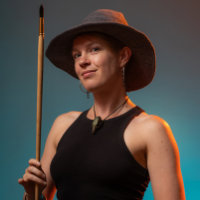 Carly Milligan works to bring stories to life through illustration, specializing in figurative art for young adult and adult book covers in the fantasy and science fiction genres. She also takes private commissions and sells her original paintings. Growing up, she was always a creative type and wanted to be everyone and everything, which explains why she’s always been drawn to stories. Nothing lets us explore other lives quite the way narratives told through books, games, and movies do. Even now, she has a chronic thirst to learn, explore, and experiment. When not painting and experimenting in her studio, she’ll probably be in her garden or exploring the nearby mountains with her faithful and constant companion, Strider.
Carly Milligan works to bring stories to life through illustration, specializing in figurative art for young adult and adult book covers in the fantasy and science fiction genres. She also takes private commissions and sells her original paintings. Growing up, she was always a creative type and wanted to be everyone and everything, which explains why she’s always been drawn to stories. Nothing lets us explore other lives quite the way narratives told through books, games, and movies do. Even now, she has a chronic thirst to learn, explore, and experiment. When not painting and experimenting in her studio, she’ll probably be in her garden or exploring the nearby mountains with her faithful and constant companion, Strider.


